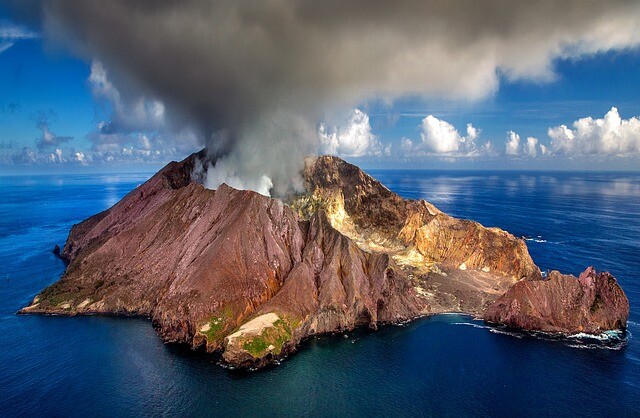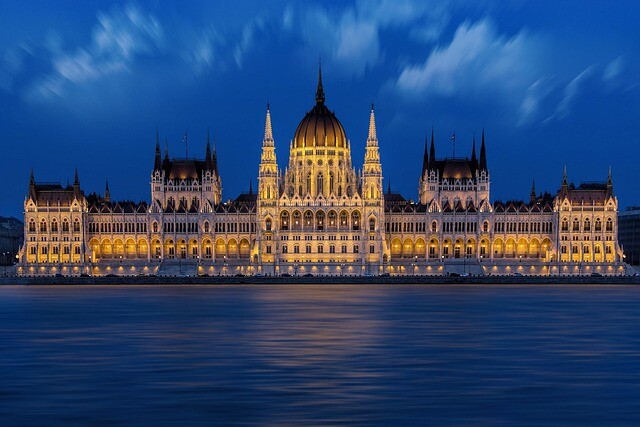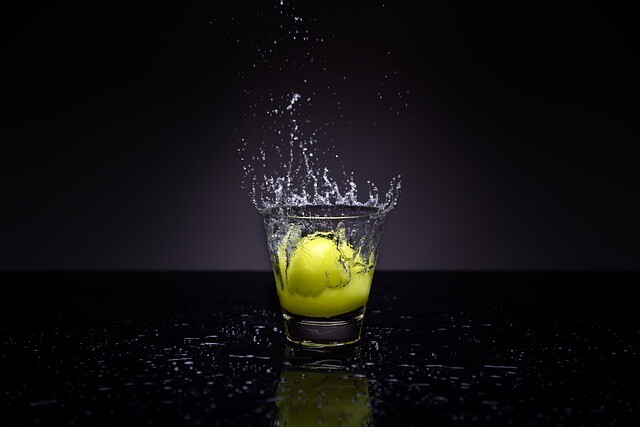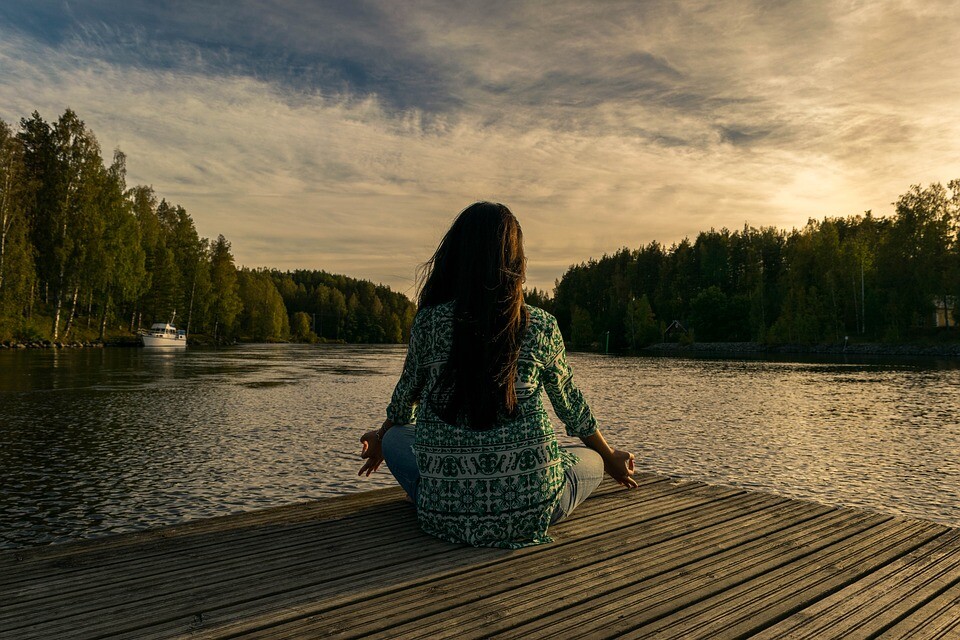Untouched, uninhabited
Ever since you make and use tools, you have been trying to get your questions answered. Man is curious and consequently able to evolve, thereby conquering unknown lands and developing science.

Perhaps there is no point on our planet where no man has gone. In fact, he has not only put his foot on most, but has taken it. Incredible, but there are points on Earth that are free of man. This may have happened because of circumstances that are dangerous to us - and perhaps to other beings.
In many cases, uninhabited areas are uninhabited by human activity. One such place in the world is Gruinard Island, not far from Scotland. The land is not so barren and uninhabitable that it is not inhabited by humans, but because it is so dangerous. This island was reserved for the experimentation of biological weapons during World War II. At that time, animals still inhabited the island, but they also felt the "beneficial effects" of biological weapons, so it became permanently uninhabitable even when sheep were killed in the experiment. The disinfection of the area did not help to return to Gruinard Island, because the material was also dangerous.
Another experimental site is Surtsey Island near the coast of Iceland. This time, there are no military experiments there, but scientific research on the island, which has existed since 1963. It was then raised to the surface from the salt water. No one other than the researchers can go to the island of volcanic origin.
Ilha da Queimada Grande is located not far from the Brazilian coast. There are no military or scientific experiments here, but they are a threat to human life. Although a paradise for the environment, its danger is due to the fact that the area is home to many dangerous venomous snakes. There are several snakes that have the strongest poison in the world.
We would not even believe that such is still the case in the 21st century. century, but an island is inaccessible and forbidden because it is inhabited by natives. And the indigenous people protect their land so much that no one can get to it alive. For thousands of years they have been completely isolated from civilization. Their language and culture are therefore unknown. North Holy Island is a part of our planet completely free of the modern world.

There are places that are not inhabited by man and seemingly no other. But only apparently, because these organisms are invisible to the human eye, but they are still there. However, there are areas in the world where even the most extreme, extreme conditions do not survive. Ethiopia is also known for drought, but it has a volcanic gray abundance of salt lakes. The Dallol volcano is a beautiful area, but it is an area where even microbes with extreme conditions do not survive. Almost extraterrestrial, the landscape was created when the volcano erupted in 1926, resulting in salt lakes. And thanks to the precipitation of the minerals, the area shines in incredible colors that we can't imagine. The scenery is amazing, but no life has been discovered by researchers, the water in the lakes is so acidic.
For more information, please visit our Facebook page!
(Source: marmalade.co.uk | photos: pixabay.com)





















